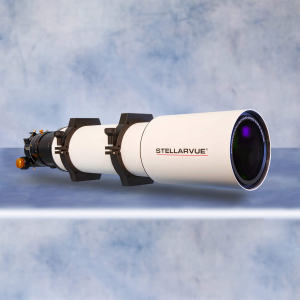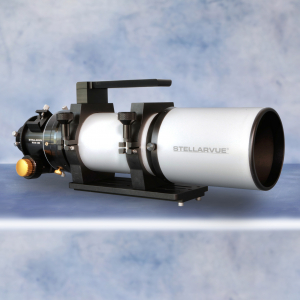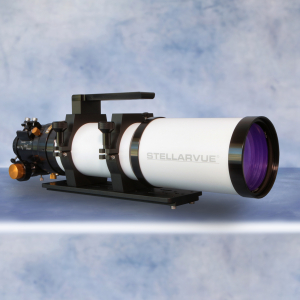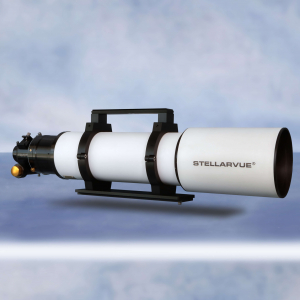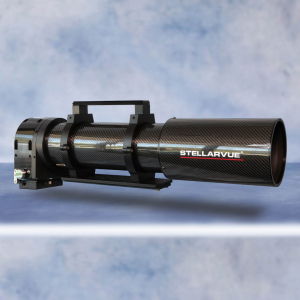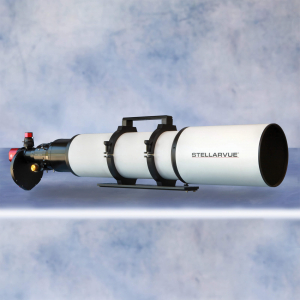SVX152T - M64


Brian Meyers caught this striking shot of the Black Eye Galaxy (M64) in Coma Berenices with his SVX152T. Located 17 million light-years away from Earth, this galaxy has a dark band of absorbing dust partially in front of its bright nucleus, responsible for its name, the “Black Eye.” It also has a supermassive black hole at its center, calculated to have a mass of about 8.4×10^6 M☉. With an apparent magnitude of 9.8, the Black Eye can be seen with a moderately sized telescope.
Other Designations: Messier 64, Evil Eye Galaxy, NGC 4826, PGC 44182, UGC 8062.
Details:
Telescope: Stellarvue SVX152T
Camera: ZWO ASI2600MM Pro
Mount: Sky-Watcher CQ350 Pro
Filters:
- Antlia Blue 2"
- Antlia Green 2"
- Antlia Luminance 2"
- Antlia Red 2"
Accessories:
- Stellarvue SFFX1
- ZWO ASIAIR Plus
- ZWO EAF
- ZWO EFW 7 x 2″
- ZWO OAG-L
Software:
- Pleiades Astrophoto PixInsight
- ZWO ASIAIR
M64 - LRGB
Total integration: 13h 10m
Integration per filter:
- Lum/Clear: 5h 10m (155 × 120')
- R: 2h 40m (80 × 120')
- G: 2h 40m (80 × 120')
- B: 2h 40m (80 × 120')
*For more details and an in-depth look at this image, visit Brian’s AstroBin.
References:
Wikipedia contributors. (2025, January 11). Black Eye Galaxy. Wikipedia. https://en.wikipedia.org/wiki/Black_Eye_Galaxy
Gianopoulos, A., & Team, N. H. M. (2024, August 25). Messier 64 (The Black Eye Galaxy) - NASA Science. NASA Science. https://science.nasa.gov/mission/hubble/science/explore-the-night-sky/hubble-messier-catalog/messier-64/
M64 - LRGB - AstroBin. (n.d.). AstroBin. https://app.astrobin.com/u/drprs8181?i=pzzf2v#gallery

